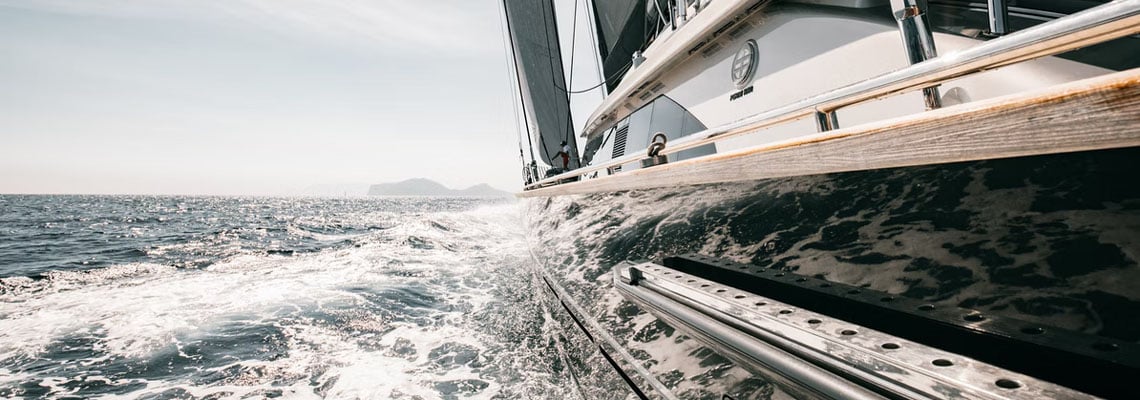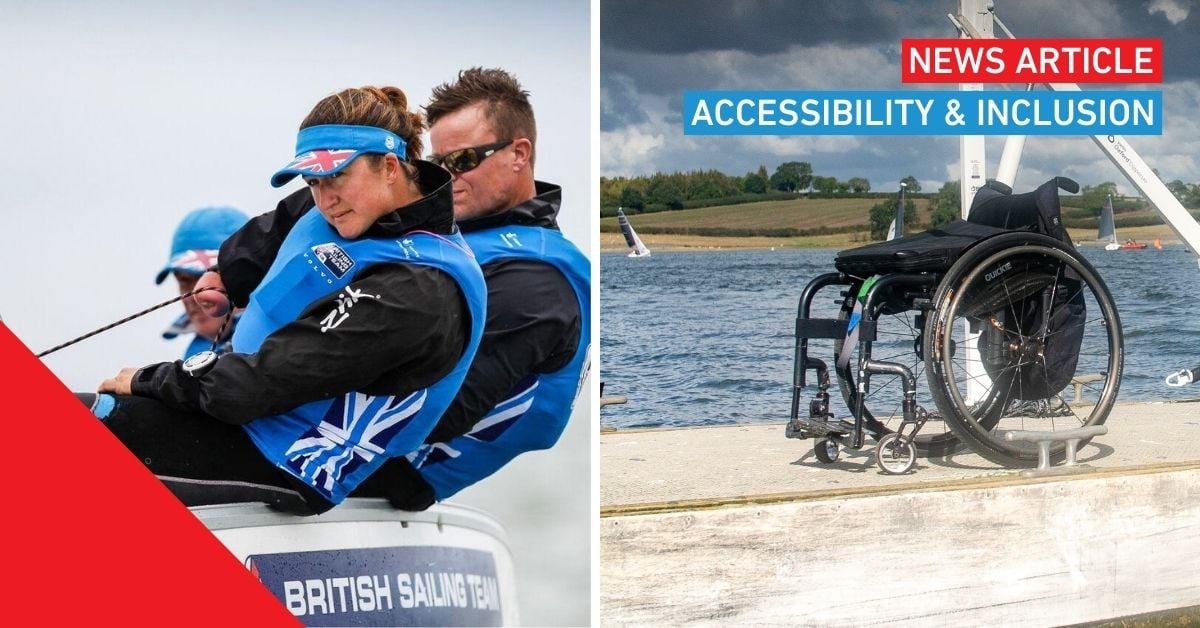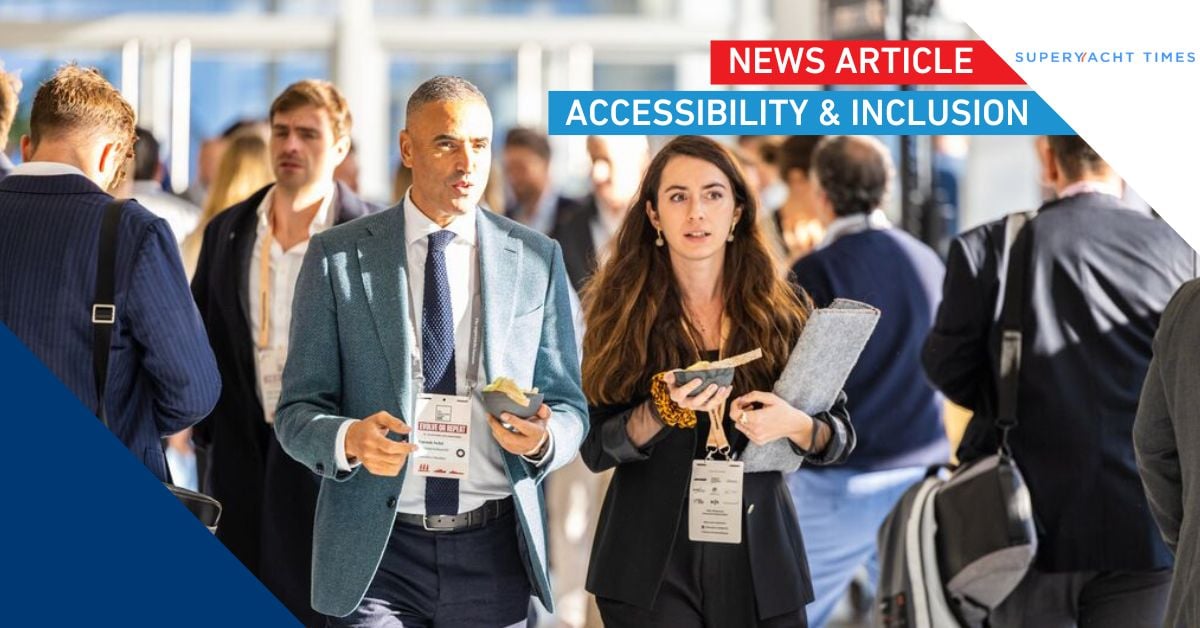Reducing environmental impact by improving the design of superyachts and equipment
World renowned superyacht designer and DAME Awards chair, Andre Hoek, answers questions on how the superyacht sector is responding to client demand for improved environmental performance.
What is the demand for reduction in environmental impact with superyachts?
There are major differences in the design approach you need to take for the various size segments of superyachts, but there's a common theme from clients now – they want to build and operate their boats in a more sustainable way. Given the nature of a superyacht, that is difficult as its carbon footprint is commensurately large. One must be very careful about claims that are made about sustainability and the focus at this stage is on substantive reduction of environmental impacts. Design has a major role to play in that.
How is that being reflected in large yacht specifications?
The move towards electric and hybrid power systems is certainly one major area of change. There’s a very large sailing yacht project underway that is designed for no fossil fuel dependency at all. Another 60m sailing yacht in build will have a 5MW lithium battery bank weighing 25 tonnes, the same weight it would usually carry in fuel. Diesel engines are becoming more of a back-up rather than a primary source of power. Clients are trying to break the mould with today’s available technology.
Development of battery capacity is going so quickly – you see it in electric cars which now have range of around 300km-600km but may well be able to travel 1000km in two years’ time. Knowing that better equipment is coming, some diesel-electric builds are being constructed to be upgradeable when the technology and regulatory requirements catch up.
When you start with diesel-electric propulsion using an electrically driven propeller, it becomes a lot easier in the future to swap out the engines for a fuel cell, a huge battery bank, or combination of the two. We are working on a 48m motor yacht that follows this concept. Design effort is also focused on enabling the anticipated refit. There’s a 100m motor yacht in construction with two engine rooms, one for conventional engines and the other for hydrogen power.
Another development in motor yachts is a move back to single propellers with larger diameters, for efficiency gain. This mirrors what has happened in commercial shipping.
Is that drive for greater efficiency also being reflected in the hull design itself?
Yes, that’s correct. You are seeing sailing yacht designers getting more involved in motor yacht design now because we have always had to focus on efficiency. It is less acceptable now to overcome drag or weight issues by just putting bigger engines in. CFD (Computational Fluid Dynamics) is more commonplace to refine designs.
Longevity of boats is also important in lifecycle impacts. We can prolong a yacht’s useful working life both by building in metal and in a classical style that doesn’t age. Designs aligned with passing modern trends may be outdated in as many as 10 years. The value goes down and you see that they're not being maintained as well as they used to be, whereas classically styled boats are timeless.
Two of our big sailing yachts are currently in refit at Royal Huisman. One has reached its quarter century and the other is around 18 years old. They look brand new. Brokerage prices of vessels like this pair hold close to what they originally cost new, so there is an incentive to maintain, rather than scrap.
What impediments are you finding in driving changes to major systems?
One spanner in the wheel are the classification societies who have made life difficult regarding new requirements like the need to create much greater lithium battery capacity onboard. In some cases, the current class regulations and interpretations are so difficult that clients have asked us to change the specification back to lead acid cells and greater engine capacity, the opposite of what you want to happen. To make progress we do need the regulations to keep in step with the very rapid pace of change in power systems.
Will wind power make more of an impact with future superyacht builds?
With the increase in fuel prices, you would certainly expect this to happen, but there is no sign yet. One issue is the cost of building a large sailing superyacht compared to a powered one – the price per gross tonnage is much higher. Plus of course there is the perceived technical barrier for some of the thought of sailing. There’s clearly much more design work that can be done on sailing rigs to make them more accessible and ideally less expensive too.
How do you think this drive for a more sustainable approach will influence marine equipment design?
My perception is that many equipment suppliers are currently more focused on innovation than environment. In the wider world there’s an understanding now that durability and serviceability of components should be important areas of focus to reduce wastage. If a component needs to be replaced it has much more impact than if it has a long life or can be renewed.
Of course, there’s also the impact of the original manufacturing process and ultimately the question of how well the product can be recycled. For marine equipment we also need to consider whether equipment can be made lighter, to contribute to propulsion energy efficiency.
Some of the biggest issues with equipment are with poor installation, which may not directly be the equipment manufacturer’s fault. However good design, of the equipment itself and any accompanying support resources, can help improve the situation.
You can see there are lots of challenges for the designers of marine equipment to consider. We’ll be looking for close evidence again among this year’s DAME Award entries for that detailed and considered attention to all aspects of design that can make such a difference to the overall product and the ship it sails on.
Entries to the 2022 DAME Design Awards will open in mid-July for all 2022 METSTRADE exhibitors.




